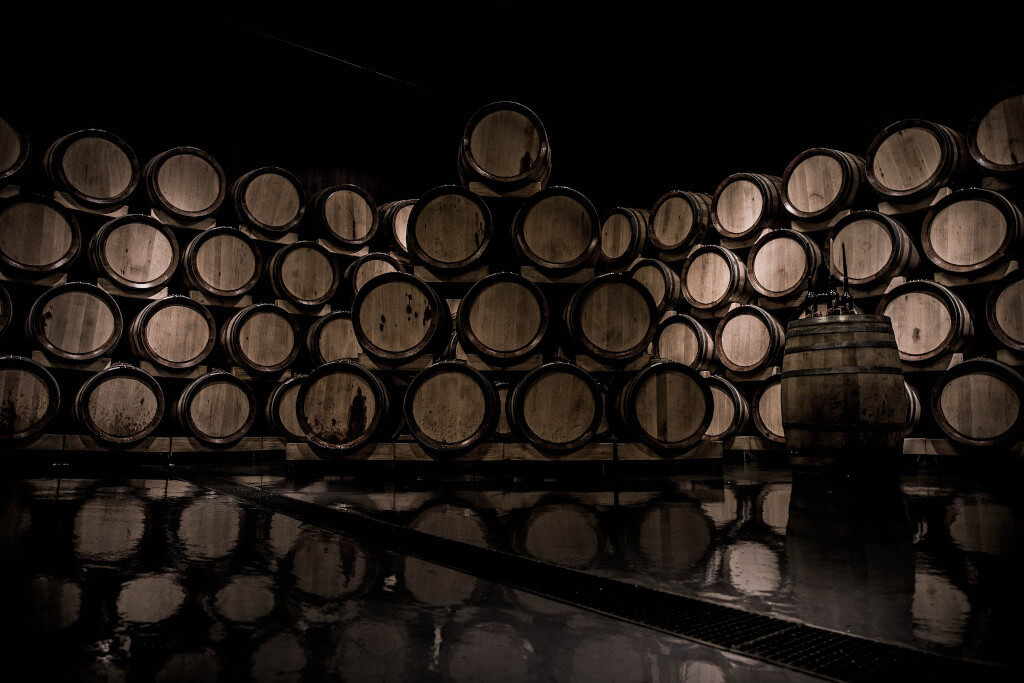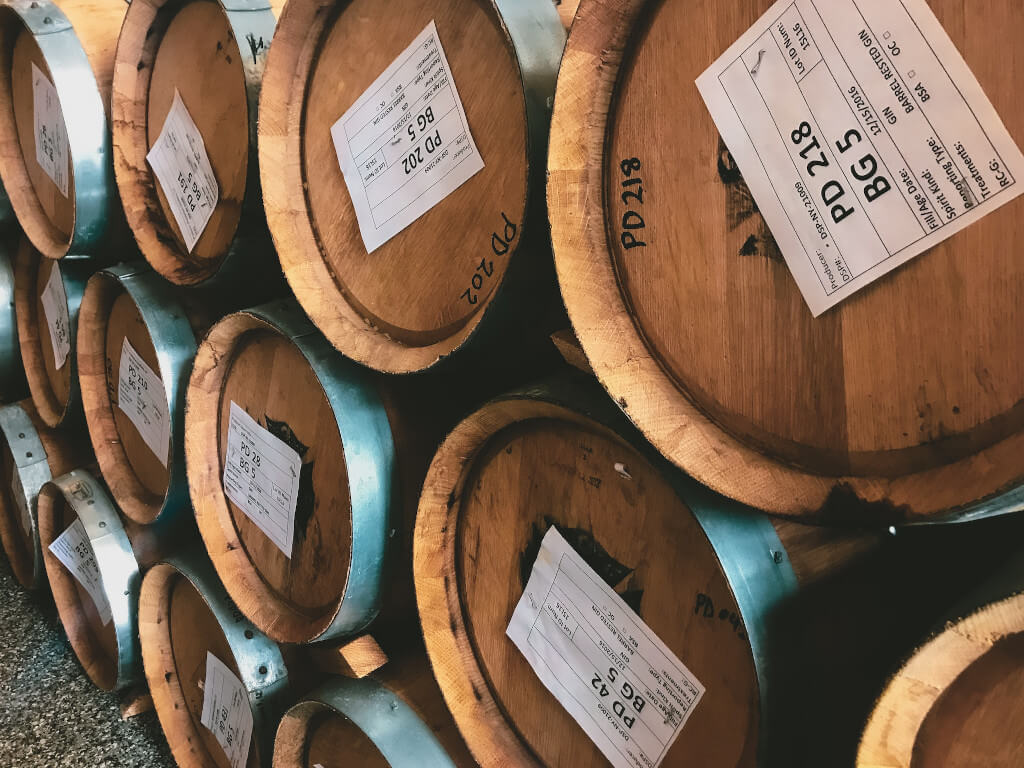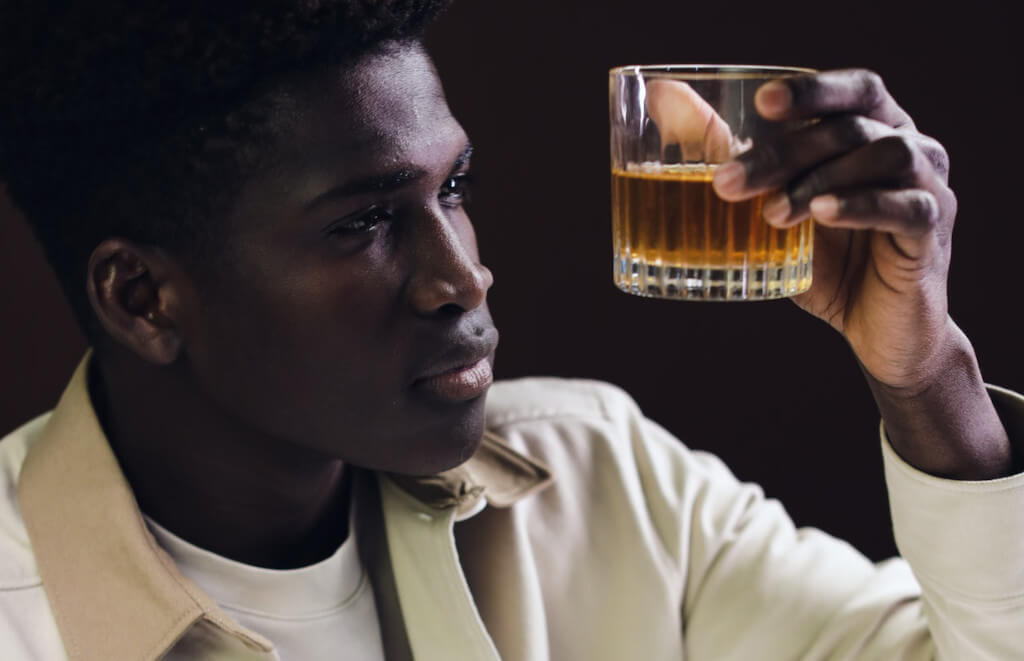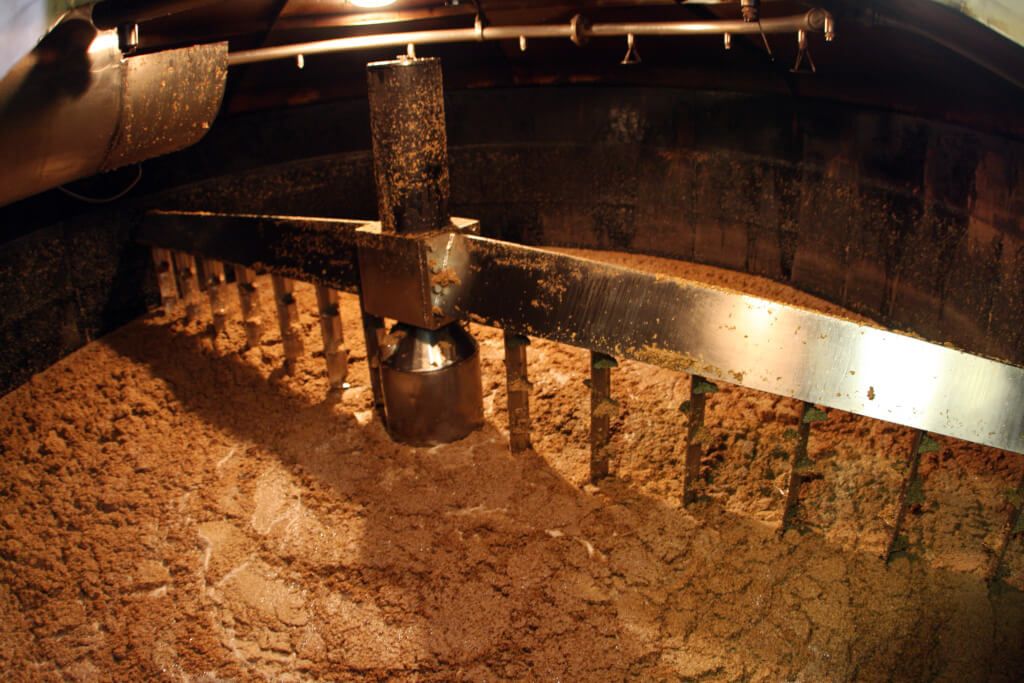You’re undoubtedly here because you’ve experienced the incredible effects of only a dram of this liquid gold. But have you ever considered how your preferred drink’s flavor is influenced by factors like the type of grain used, the method of distillation, and the length of time it is aged? Whiskey production is a complex, complicated scientific procedure that can make or break your drinking experience. Did you know the barrel your whiskey is aged in can have a significant impact on its flavor? Yes, sirs and madams! To appreciate this divine liquor, it helps to know the science behind its maturation. Let’s explore the whiskey industry and discover the secrets of barrel aging, shall we? Indulge your sense of smell and prepare to have your mind blown.
Barrel Styles for Whiskey
It’s easy to get confused by all the different ways whiskey can be aged. Whiskey’s final flavor and aroma can be affected by the type of barrel used, and we’re talking about a wide variety of barrels here. Let’s dissect this thing, shall we?
Whiskey Aging is a Vast and Varied Field With Seemingly Endless Possibilities
Most whiskey is aged in oak barrels because of the whiskey’s porous surface and the interaction of oxygen with the whiskey. Scotch and Irish whiskey are traditionally matured in American and European oak barrels, with the former being the more popular choice.
But why settle for the typical? For instance, bourbon barrels are repurposed oak barrels that were formerly intended to age bourbon. Bourbon is mandated by law to be matured in new charred oak barrels, which are then resold to whiskey distilleries after being used just once for bourbon. As a result, the whiskey ages in ways that are both mysterious and fascinating.
Sherry Casks, Previously Used for Aging Sherry, Are Another Nontraditional Option
The whiskey can take on a variety of flavors from the barrels, which are typically made from European oak and can last for decades. Port casks, previously used barrels for aging port wine, are another option. Made from European oak, they impart characteristic fruity and sweet notes to the whiskey for an exceptional taste.
In addition to this, there are a plethora of other things you may try out using wine barrels. A wide range of wine types, including red wine, white wine, and even Champagne, can be used to mature whiskey. The whiskey’s flavor and aroma are profoundly affected by the type of wine used for aging, creating a spectacular and unique sensory experience. Now you have a wide variety of choices, all with its unique spin on the aging process. Don’t be afraid to get a bit experimental with your whiskey; distilleries prefer to use a wide variety of casks to achieve the ideal flavor and fragrance profile.
TLDR
- Whiskey is typically aged in oak barrels, with American oak being the most popular.
- Once used for bourbon, the barrels are sent on to whiskey producers.
- Sherry casks are old barrels, often made of European oak, that have been used in the past to age sherry.
- Port casks are repurposed wood barrels that were originally used to age port wine.
- The flavor and aroma of whiskey can be altered by aging it in wine barrels that had held other types of wine, such as red wine, white wine, or Champagne.
A Detailed Examining of the Substances
There are just a handful of molecules that can alter the flavor of whiskey, and this is the focus of whiskey barrel research.
Cellulose is the First Chemical That May Be Identified
As a result, the wood is held together by a strong bond. However, this molecule has a negligible impact on the whiskey itself.
Hemicellulose is a Crucial Component of Plant Cell Walls
Wood sugars form when it is heated to temperatures of 284 degrees Fahrenheit or above. This makes it possible for the barrel’s inner surface to caramelize.
Lignin is Also Crucial to This Process
The vanilla and spice notes present in most whiskies can be attributed to this. The lignin complex in a barrel’s wood releases more smoky and spicy aromas as it is scorched more deeply.
The New Wood’s Tannins May Be Too Much for Some People to Stomach
We “season” the oak by letting it dry out, which reduces the concentration of harsh tannins. As the process progresses, the interaction between the alcohol and the tannin in the barrel decreases as the char level rises.
Wood Lactones, the Last Chemical on Our List, Are Unique to American Oak
This element is found in American Oak in higher amounts than in any other barrel species. This is the source of the woody or coconut flavors found in some whiskies. American oak-aged wines, most notably Rioja, also included it. Higher char levels, like higher tannin levels, have less of an effect on the spirit aging in the barrel.
What Exactly Takes Place in the Barrel?
A variety of conditions, including the ambient temperature and humidity, dictate how long the raw components (water, barley, or another grain, and yeast) are matured in a wooden barrel. The wood eventually breaks down, allowing vapor to escape and incorporating oxygen into the aging process. This ebb and flow is continuous and fluid.
The barrel’s wooden interior not only facilitates airflow but also serves as a filter. Charring or toasting the barrels used for aging spirits removes the wood’s natural oils and leaves behind a charcoal covering that functions as a filter, removing flavors that are unpleasant to the taste. As the charcoal extracts off-putting flavors, the wood imparts its own, combining vanillin, tannins, and the distinctive smoky allure typically associated with spirits like whiskey.
What Makes Aging in Barrels So Crucial?
Spirits appear to naturally submit to the aging authority of wooden barrels. The airflow is controlled by the barrels, which progressively introduce oxygen during the aging process, permit evaporation, and filter out flavors that would otherwise cause an unpleasant taste. In addition, the wood helps reduce the ethanol content of a spirit, which gets rid of the harsh alcohol taste.
When whiskey or other spirits are aged in barrels, they develop a rich scent and flavor without the harshness that might detract from their overall appeal. One must recognize the significance of the procedure to value the result. A whiskey drinker owes a debt of appreciation to the wisdom of barrel aging for every drop of whiskey in every bottle.
How Does Whiskey Get Its Age During the Distillation Process?
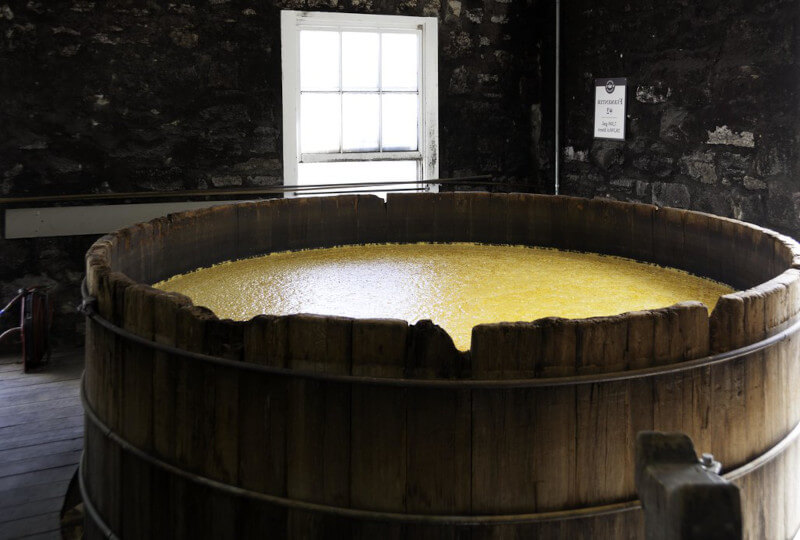
The First Step in Making Whiskey: Malting
There is always a foundational component to whiskey. This can vary greatly by geography and local rules, and consequently by whiskey’s final flavor. The malting process can begin once the grain has been treated and moistened by the distiller. It is crucial to understand when to halt this response and transition to the subsequent stage.
Mashing
The distiller must now initiate the fermentation process to extract all the tasty sugars. Distillers utilize a not-so-sweet process called “smashing the chosen grain into a mixture known as a mash” to achieve this.
Fermentation
The following step requires the addition of yeast to the mash, which the distillers will now do. Yeast consumes fermented sugars and produces alcohol. The procedure thus far may remind you of making beer, but we’re not there yet. The next phase is the one that matters.
Distilling
The ‘distillers beer’ now needs to be stronger. There are many different kinds of stills, yet they all serve the same purpose. Alcohol is removed from the mixture by repeatedly washing it. This process is repeated until the distiller is left with a very strong alcohol that could almost pass for whiskey but hasn’t had enough time to age.
Maturation
This is the single most crucial factor in answering the question of how whiskey ages. The distiller will often put the spirit into a barrel, but there are several notable exceptions. What kind of whiskey they’re looking for will dictate the type of wood used, the location of the barrels, and the age of the whiskey. A distiller must always be cognizant of local norms and standards.
It’s a Process
The ultimate flavor and aroma of whiskey depend greatly on the type of barrel used for maturation, which is a crucial step in the whiskey’s complex scientific production process. Whiskey is typically matured in oak barrels, but distillers are also experimenting with other types of casks, such as sherry casks, port barrels, and wine barrels. The whiskey’s flavor is affected by the charring process and the molecular components of the wood. Barren aging is essential because it imparts whiskey with its signature flavors and smells, helping to make it the popular beverage it is today. Indulge your taste buds and discover the many different whiskey varieties and barrel aging techniques available.


